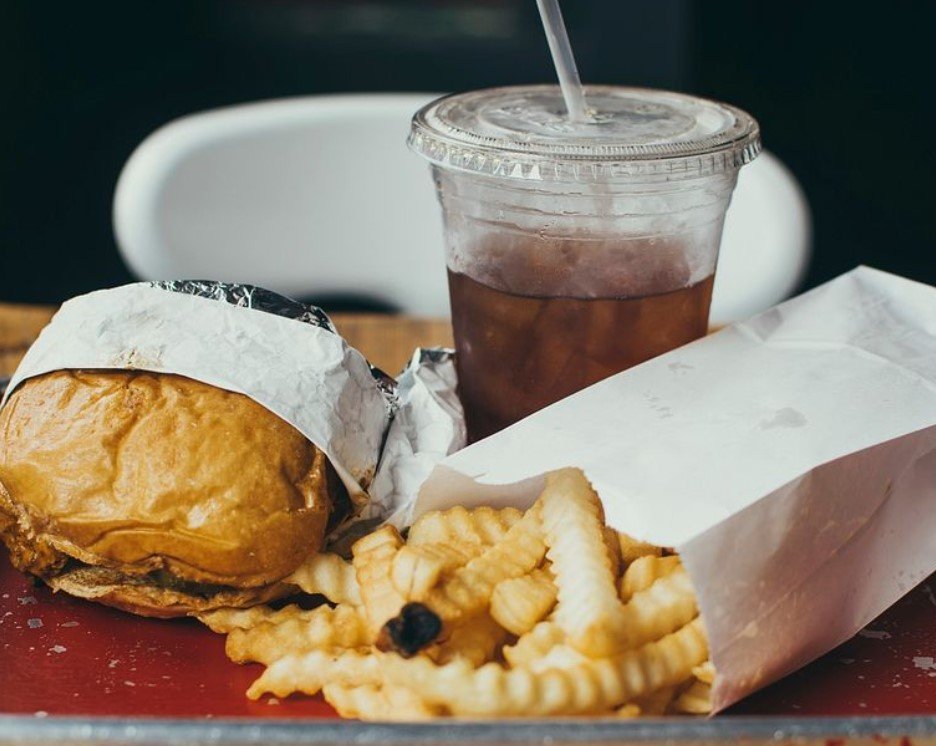The fast-food industry has undergone significant changes in the wake of the COVID-19 pandemic. Consumer preferences have shifted, leading to a rise in the popularity of beverages, snacks, and chicken-based meals, while traditional favorites like pizza and sandwiches have seen a decline. This transformation reflects broader trends in the food industry as businesses adapt to new consumer behaviors and market demands. This article delves into the evolving landscape of the post-pandemic fast-food business and the factors driving these changes.

The Rise of Beverages and Snacks
In the post-pandemic era, beverages and snacks have become increasingly popular among fast-food consumers. Chains specializing in smoothies, teas, and other non-coffee beverages have seen substantial growth. For instance, Tropical Smoothie Café has more than doubled in size over the past five years, highlighting the growing demand for refreshing and healthy drink options. Similarly, cookie chains like Crumbl have experienced explosive growth, catering to consumers’ cravings for sweet treats.
This shift towards beverages and snacks can be attributed to several factors. Firstly, consumers are seeking convenient and quick options that fit into their busy lifestyles. Beverages and snacks provide a fast and easy way to satisfy hunger and thirst without the need for a full meal. Additionally, the rise of health-conscious consumers has driven demand for healthier beverage options, such as smoothies and teas, which are perceived as better alternatives to sugary sodas.
Moreover, the pandemic has influenced eating habits, with many people opting for smaller, more frequent meals throughout the day. This grazing behavior has boosted the popularity of snacks and beverages, which can be consumed on the go. Fast-food chains have responded to this trend by expanding their menu offerings to include a wider variety of drinks and snacks, catering to the evolving preferences of their customers.
The Chicken Boom
Chicken-based meals have emerged as a major trend in the post-pandemic fast-food industry. Fast-casual chicken chains like Raising Cane’s and Dave’s Hot Chicken have seen remarkable growth, with sales increasing by nearly 87% over the past five years. Consumers’ love for chicken, particularly in limited-service formats, has driven this surge in popularity. Chains like Wingstop and Chick-fil-A have also performed exceptionally well, reflecting the strong demand for chicken dishes.
Several factors contribute to the chicken boom. Firstly, chicken is a versatile and affordable protein that appeals to a wide range of consumers. It can be prepared in various ways, from fried to grilled, making it a popular choice for different tastes and preferences. Additionally, chicken is often perceived as a healthier alternative to red meat, aligning with the growing trend towards healthier eating.
The pandemic has also played a role in the rise of chicken-based meals. With many consumers seeking comfort food during uncertain times, chicken dishes have provided a familiar and satisfying option. Fast-food chains have capitalized on this trend by introducing new and innovative chicken offerings, attracting customers with unique flavors and preparations.
The Decline of Pizza and Sandwiches
While beverages, snacks, and chicken have thrived, traditional fast-food staples like pizza and sandwiches have experienced a decline in popularity. Sales in the quick-service sandwich sector have grown by just 6% over the past five years, with major chains like Subway seeing a decrease in sales. Similarly, pizza chains have struggled to maintain their market share as consumers shift their preferences towards other options.
Several factors contribute to this decline. Firstly, the rise of health-conscious consumers has led to a decrease in demand for carb-heavy foods like pizza and sandwiches. Many consumers are opting for lighter and healthier alternatives, such as salads and protein-based meals. Additionally, the pandemic has accelerated the trend towards convenience and quick-service options, with consumers favoring grab-and-go items over sit-down meals.
Moreover, the fast-food industry has become increasingly competitive, with new and innovative concepts emerging. Chains specializing in beverages, snacks, and chicken have captured consumers’ attention with their unique offerings, drawing customers away from traditional pizza and sandwich options. As a result, established pizza and sandwich chains have had to adapt their menus and marketing strategies to stay relevant in the evolving market.
















